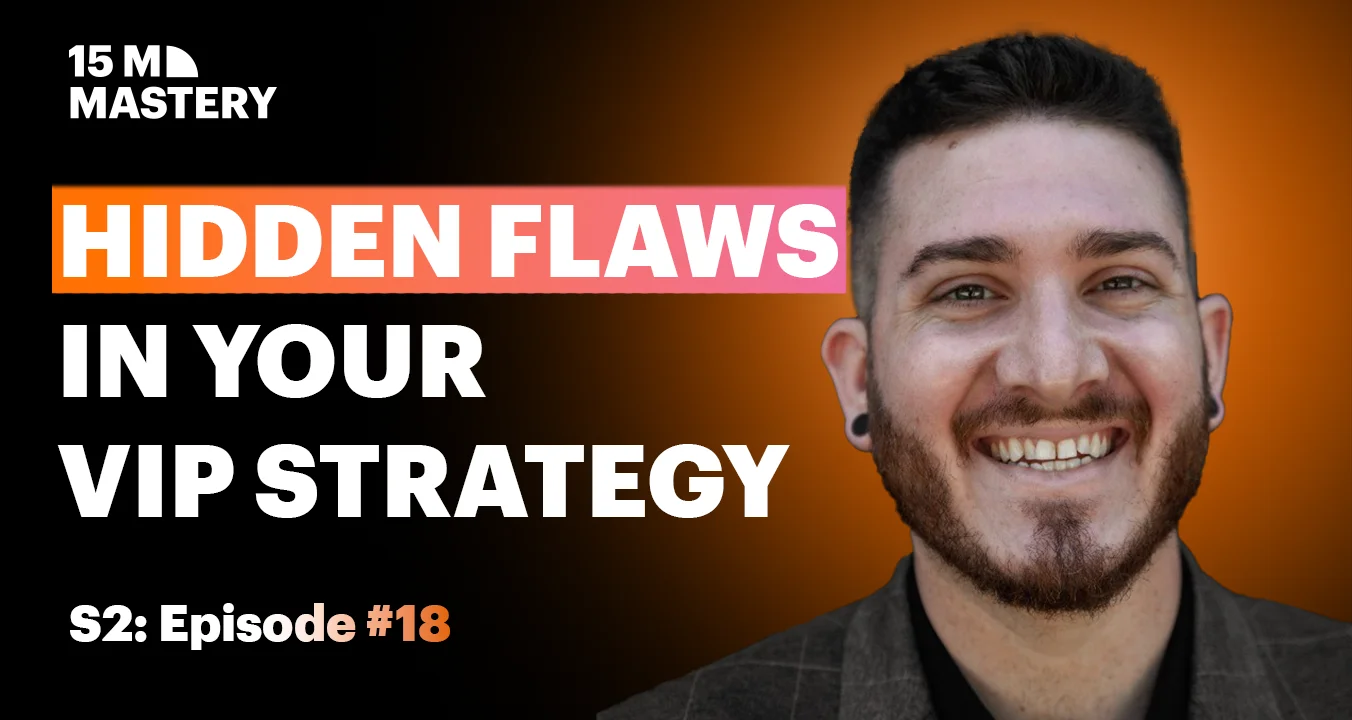How to Develop and Sustain High-Value VIP Player Engagement
Building a Solid Foundation for VIP Growth
Creating an effective VIP growth strategy starts well before a player even reaches your VIP segments. According to Gali Hartuv, laying a clear structural foundation remains paramount:
“If you don’t have the structure, trying to develop something fragmented or incorrect will only cost you money. It’ll mislead your resources, which then becomes difficult to undo.”
He explains that companies must comprehensively integrate their non-VIP and pre-VIP segments into any VIP strategy. This holistic approach ensures consistent, organic development of players rather than short-term, unsustainable boosts.
Shifting to Dynamic Segmentation
Conventional segmentation models have primarily depended on transactional metrics like gross gaming revenue, net gaming revenue, and average revenue per user. However, Gali advocates for moving beyond outdated models and adopting dynamic segmentation instead.
“VIP has evolved to become more dynamic. You’re looking at behavioural attribution, sustainability, volatility, and seasonality,” he explains.
Dynamic segmentation involves monitoring a player’s sustained performance, including factors like overperformance or underperformance. This nuanced approach avoids the costly mistakes of falsely categorising players based solely on financial or transactional history. The result is a more accurate measure of long-term player value and loyalty potential.
Balancing Automation with a Human Touch
The rise of automation and gamification has transformed player engagement, especially among VIP segments. But Gali warns against overusing automation strategies at the expense of personal interaction:
“You want to leverage gamification and technology but still need human oversight and attention. VIP engagement should come from an account manager, not just a robot or automated message.”
He emphasises relevancy as the key principle, stating clearly that engagement today must respond directly to player preferences and behaviours, rather than standardised, self-focused operator incentives. Effective VIP engagement means looking beyond automated offers and personally understanding what each high-value player genuinely wants.
Tailoring Personalised Rewards for Maximum Loyalty
Most traditional tier-based rewards systems now rely heavily on automation, using points earned through player activity to unlock incentives. Yet, lasting VIP relationships need more personalised incentives and rewards, Gali explains.
“Once someone unlocks their account manager reward, they ask ‘what does this mean for me now?’ This is your moment for meaningful personalisation.”
Successful engagement involves proactively gathering player insights about their expectations and experiences with competitors. It means genuinely acting on this feedback. Those combined actions build trust, transferring business from competitors and fostering enduring brand loyalty. Players value the relationship and targeted action over purely transactional benefits.
Avoiding Pitfalls in VIP Strategy Implementation
Implementing balanced VIP programmes clearly offers advantages. However, Gali also highlights key pitfalls organisations can encounter:
- Under-resourcing: An inadequate understanding of needed resources often leads to corners being cut. It results in partly fulfilled promises, leaving VIPs frustrated.
- Time pressures and aggressive targets: Attempting forced, rapid growth for short-term targets can burn out VIPs. A dedicated focus on sustainable long-term strategies typically yields better, lasting results.
Gali cites a real-world example where aggressive repeated deposit offers burned out VIP audiences. Companies should recognise that genuine growth demands time, steady player onboarding, and careful resource management.
Creating Truly Sustainable VIP Relationships
In summary, lasting VIP engagement isn’t purely transactional—it’s relational. It demands investing in robust player development structures and implementing dynamic, behavioural segmentation models. Most critically, personalised human interaction enhanced by thoughtful automation remains fundamental.
By shifting focus from quick-win transactions to genuine relationship building, gaming companies can cultivate true VIP player loyalty. Gali’s insights highlight the path forward clearly: sustained growth and long-term success rely squarely on balanced, personalised, and responsive VIP player strategies.




